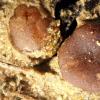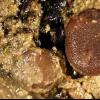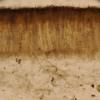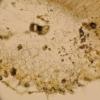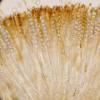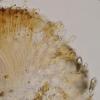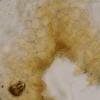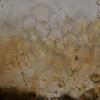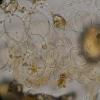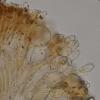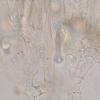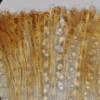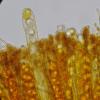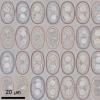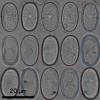
15-12-2025 15:48
 Danny Newman
Danny Newman
Melanospora cf. lagenaria on old, rotting, fallen

15-12-2025 15:54
 Johan Boonefaes
Johan Boonefaes
Unknown anamorph found on the ground in coastal sa

15-12-2025 21:11
 Hardware Tony
Hardware Tony
Small clavate hairs, negative croziers and IKI bb

15-12-2025 07:09
 Danny Newman
Danny Newman
indet. Rutstroemiaceae sp. on unk. fallen leavesMc

15-12-2025 07:05
 Danny Newman
Danny Newman
Pseudosclerococcum golindoi (det: Zotto)near Cosb

15-12-2025 11:49
 Danny Newman
Danny Newman
ITS sequences from the following two collections B

15-12-2025 12:34
 Danny Newman
Danny Newman
indet. Rhytismataceae on oak leafnear Purchase Roa

09-12-2025 12:06
 Andgelo Mombert
Andgelo Mombert
Bonjour,Je recherche l'article concernant Hypobryo
 Hi again
Hi againExactly at the same place than my previous species (Aragüés del Puerto) that I just sent, even in the same square centimeter, and with an almost identical macro appearance, this Pachyella grew. At first glance it is impossible to differentiate them, but the micro does not lie.
Exctal excipulum with textura globulosa finished in a cylindrical-claviform appendix. Margin with chains of 2-3 subglobose cells and cylindrical-claviform appendix. Medullary excipulum with very lax (gelled) intricate texture. Paraphysis with large brown pigment gutules, slightly thickened at the apex. Uniseriate octosphoric asci, with croziers and IKI -. Ellipsoidal spores, with 2 large LBs, apparently finely rough in water, but virtually imperceptible in cotton blue, of (18.3) 18.8 - 20.1 (20.8) × (10.8) 11.2 - 12.1 (12.3) µm; Q = 1.6 - 1.78 (1.8); N = 50; Me = 19.5 × 11.6 µm; Qe = 1.7
With this spore size, in the literature I only see Pachyella adnata, but the spores have large spines. Macroscopically reminds me to P. celtica, but paraphysis, asci, spore size, etc. do not fit. It also looks like Peziza subisabellina, but the micro has nothing to do with it. Perhaps a simply P. babingtonii growing on land?
Thank you.
